Baltimore Washington Monument time capsules yield trove of artifacts
A Holy Bible was among the artifacts found in a glass jar in the 1815 cornerstone. (Anthony C. Hayes)
Two eras of Baltimore history were on display this morning, as officials of the Mount Vernon Place Conservancy unveiled the contents of the two Baltimore Washington Monument time capsules. The artifacts – which date respectively from 1815 and 1915 – had been kept in a temperature controlled environment since their discovery during the recent restoration of the two hundred year old monument. The group also announced details for the Monumental Bicentennial – a one-day celebration featuring the official rededication and reopening of the Monument on July 4, 2015.
The unveiling took place during a special press conference in the Sculpture Court of the Walters Art Museum at 600 North Charles Street.

Since January 2014, the stately monument – the first United States monument to honor George Washington – has been undergoing a $5.5 million restoration undertaken by the Mount Vernon Place Conservancy.
During the course of the restoration, Project Superintendent George E. Wilk II of Lewis Contractors discovered two time capsules – an almost unheard of occurrence within one historic structure.
Welk told the Baltimore Post-Examiner the first discovery – a copper box concealed in a niche behind a plaque – happened inside the monument, on a west facing inner-core wall. The second – three glass jars which contained more than 20 artifacts – were found in a hollowed well in the cornerstone on the exterior, north-east corner of the monument.
The cornerstone dated from the start of the monument’s construction on July 4, 1815.
Once officials realized what had been discovered, the artifacts were carefully extracted by conservators from the Walters Art Museum and Maryland State Archives.
“We were trying to research the wall finishes, and we figured the best spot would be to look at the surface on the inner core, behind the Centennial plaque, since that hadn’t been seen for 100 years,” said Welk. “As we lowered the plaque a little bit, I stuck my phone into the opening and took a photo. What I saw told me to put the plaque right back. It’s one of those things you learn when you do historical restorations. You have to remember very quickly what you have been taught about preservation so you don’t do the wrong thing.
“The cornerstone discovery was a little less pretty as were digging for a septic pit. It was about six feet below grade; that’s the sweet spot of the earth. You’re not taking constant water because you’re not at grade, and you’re not too far below the surface, so you’re right at that spot where it freezes everything in time.”
We asked Welk what he thought of the historic find?
“This is why we wake up every day and do what we do. This goes back to my belief that every historical property has something to tell you. This one had two.”
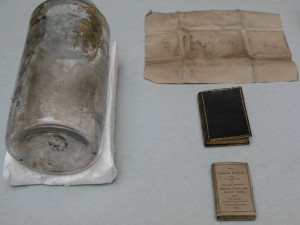
The artifacts from the cornerstone included a Bible; twelve assorted gold and copper coins dated 1815; a small (appx. 2″ x 6″), bound copy of George Washington’s farewell address; an even smaller (1 ½” X 4″) book of, “Approved English, Irish & Scottish Songs” which was printed in Baltimore, and a copy of the Federal Gazette.
1915 Copper Box Contains More Than Seventy Artifacts
The 1915 time capsule from the Centennial Celebration was opened – for the first time – during this press conference to reveal its contents. Until now, this unopened copper box has been on display at the Walters Art Museum. An unofficial count by this reporter put the number of items recovered at around seventy.
Artifacts from the 1915 time capsule also included coins and newspapers of the day (some in German); an iron spike of unknown origin; an assortment of clippings and photographs; items from the 100th year commemoration of Defenders Day, and memorabilia from the Star Spangled Banner Centennial. There were also a few items from the 1915 Panama-Pacific International Exposition. One book included a fold-out map showing Baltimore as an ideal shipping point for Pacific bound freight going through the Panama Canal.
Handling the extraction of the 1915 artifacts was Terry Drayman-Weisser, Director of Conservation and Technical Research at the Walters Museum.

“We’ve had this copper time capsule here on view for a while after it was discovered in the monument. It had been sealed with solder which only recently was removed so that we could open it today. The solder seal seemed to do a very good job of preserving the objects that were inside. We had taken an x-ray of the box to try to get some kind of an idea of what the condition of the artifacts might be. From the x-ray we could tell that things seemed to be in pretty good shape. We couldn’t tell what they were, of course, but it was a surprise to find out just how much there was in there. It was packed with so many things, from items that today we find kind of obscure to things that must have been very meaningful at the time to the people who were putting the box together.
“There are these beautiful coins and medallions; we don’t know the significance of the spike. I’m sure it wouldn’t have been included unless it had some significance. I just don’t know! It’s very curious. I lost count of how many items were in there, but there’s a lot of material, which means that a lot of people wanted to be involved in this event.”
Did Drayman-Weisser have a favorite?
“I think the metal objects are beautiful. The coins are well made, so I’m kind of attracted to those, but what excites me most is it carries me back in history. All of the other material represents to me what the people in Baltimore were thinking of the city in relationship to the country, to American history. It’s how they wanted to be seen one hundred years or maybe two hundred years later. I don’t think they knew when it would be opened. But it was important to them; they wanted the rest of the country to see their beliefs. How they viewed the Washington Monument and its place in the history of the United States. I think we have lost that perspective, that they had at that time.”
Historic Photograph of Declaration of Independence Found
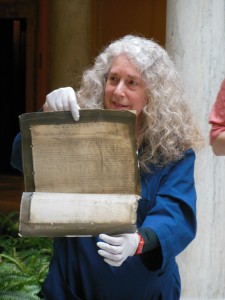
Of particular interest to curator volunteer Elissa O’Loughlin was a photograph of the Declaration of Independence which was dated April 24, 1903. The photograph – which printed from a glass plate – was taken by L.C. Handy, the son-in-law of Civil War photographer Matthew Brady.
O’Loughlin told the Baltimore Post-Examiner that Matthew Brady’s studio was on the top floor of a building at 7th and Pennsylvania Avenue in Washington, so it was a simple matter of taking the documents from the State Department over to Matthew Brady’s studio where Handy photographed them.
“I wrote a historical study of the Declaration of Independence when I worked for the National Archives. (Finding this photograph) is neat, because it helps us understand the condition of the original documents. It puts them in an historical context. The State Department had them on view all the time, but I think they suddenly realized that if they had photographs made then they could be disseminated and a lot more people could see images of the Constitution and the Declaration of Independence.
“This is very rare because in the photography of the time they used large glass plates because they didn’t have plastic negatives. The last time these glass plate photographs of the Declaration were seen at the Library of Congress was in 1956.”
* * * * *
In celebration of the reopening of the Washington Monument, a naturalization ceremony, rededication ceremony and an old-fashioned country fair take place on Saturday, July 4, 2015 from 8:30 a.m.–5 p.m.
For more information about the artifacts and the upcoming celebration, visit the Walters Art Museum and the Mount Vernon Place Conservancy online.
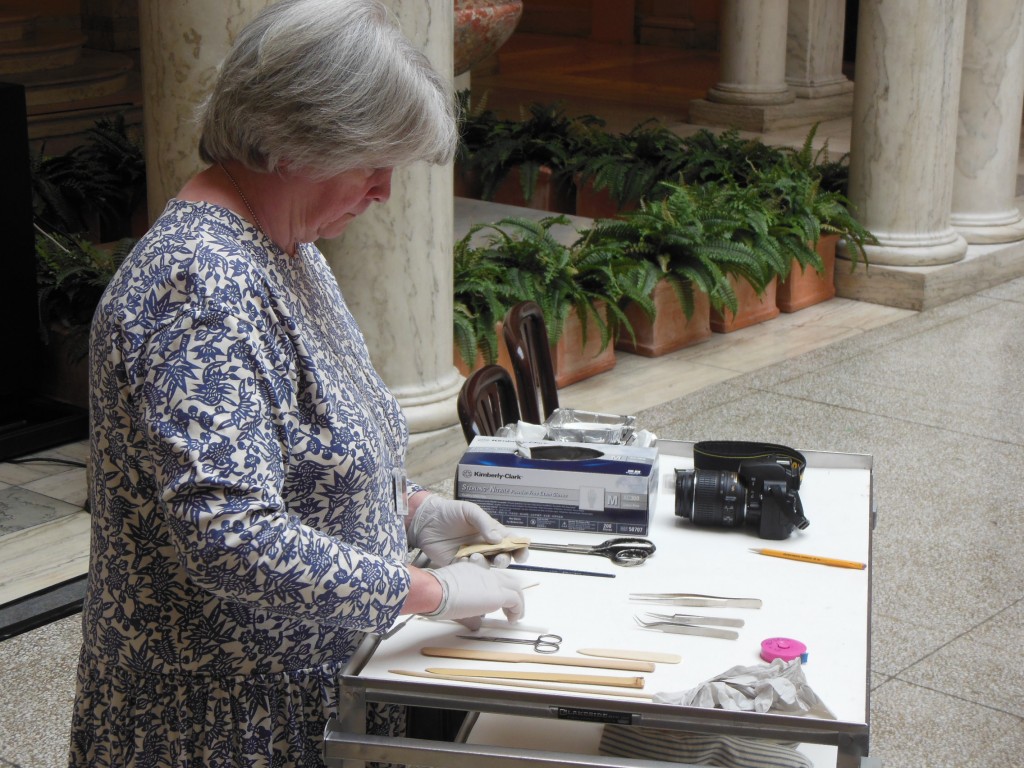
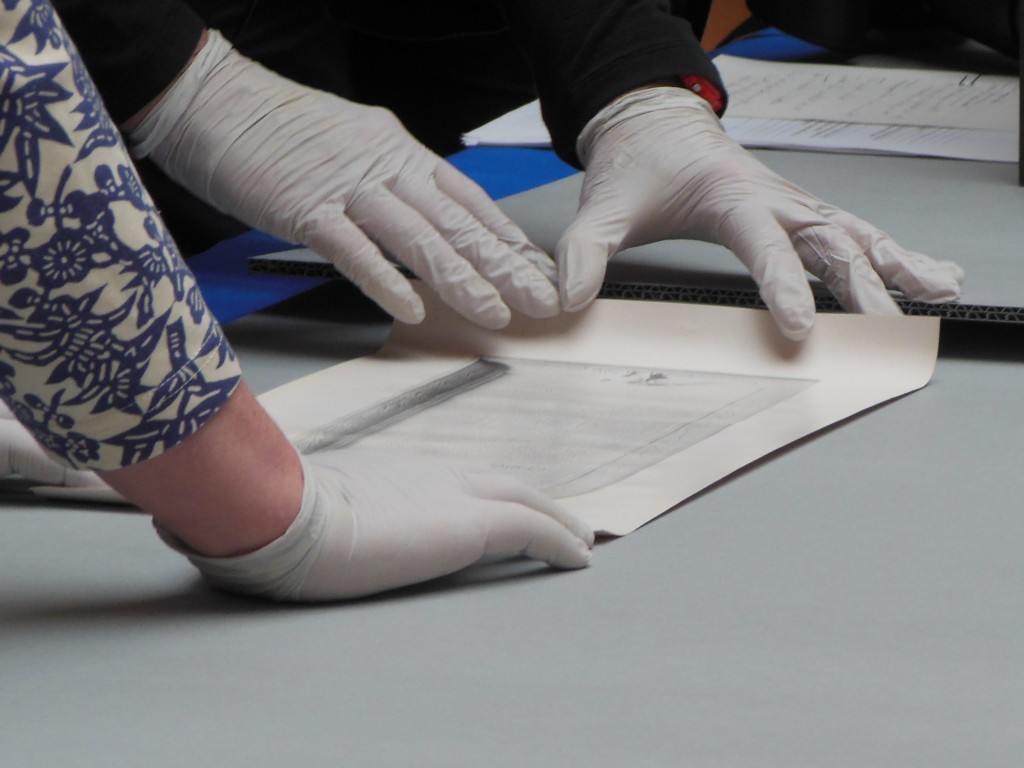
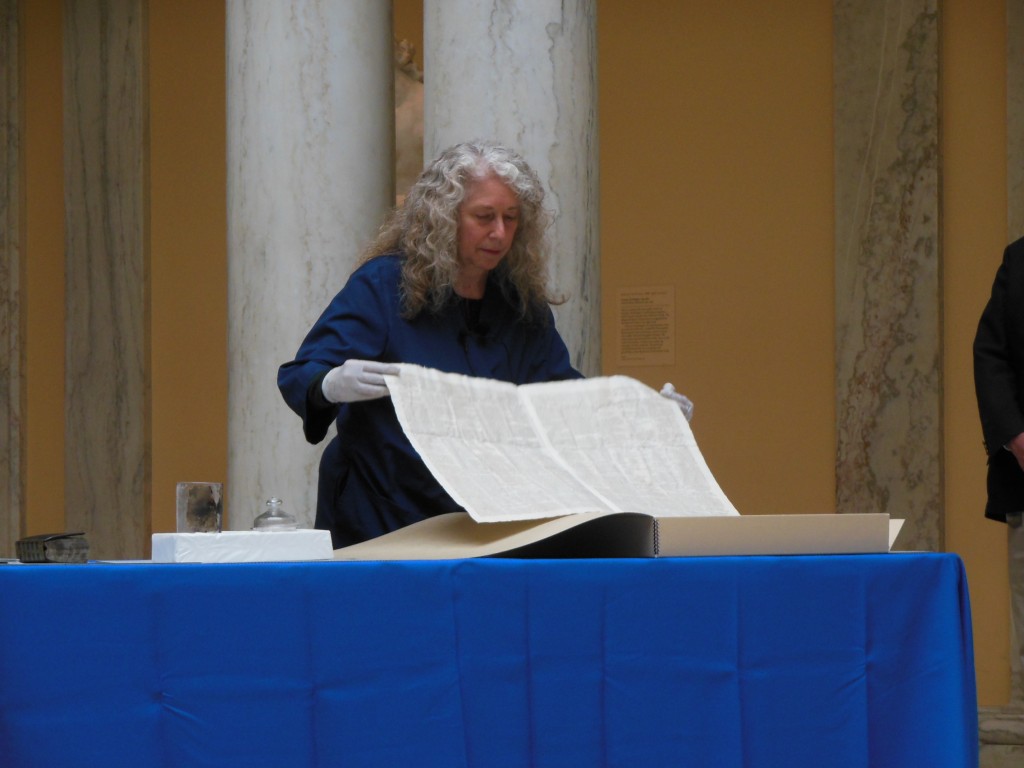
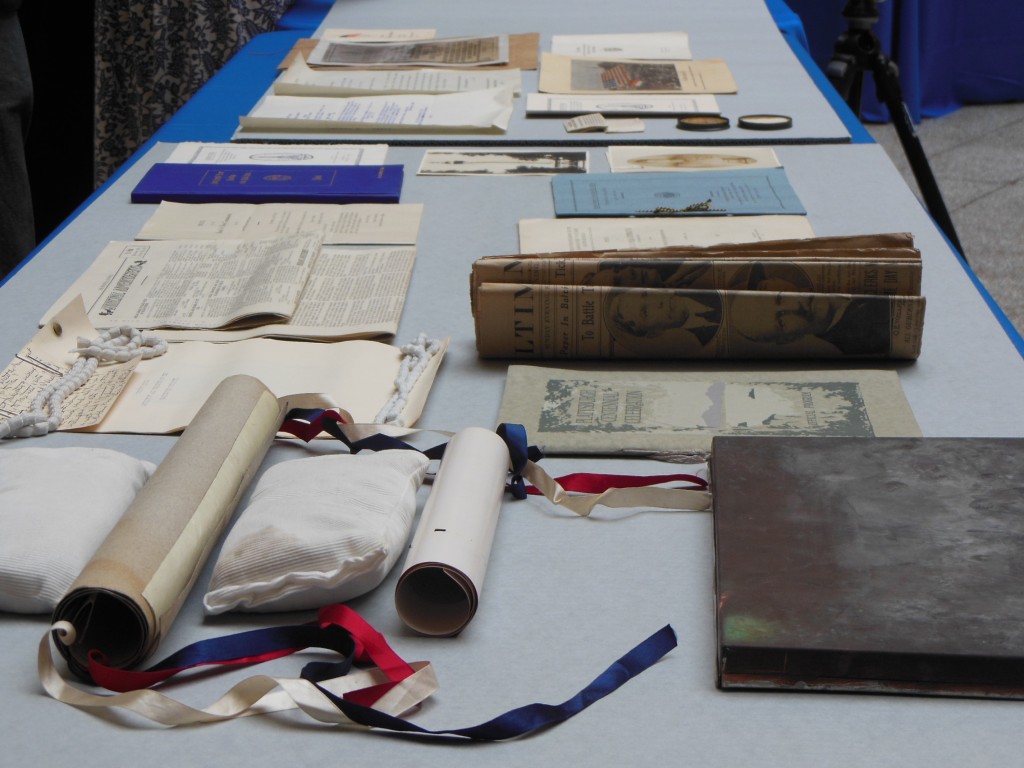

Anthony C. Hayes is an actor, author, raconteur, rapscallion and bon vivant. A one-time newsboy for the Evening Sun and professional presence at the Washington Herald, Tony’s poetry, photography, humor, and prose have also been featured in Smile, Hon, You’re in Baltimore!, Destination Maryland, Magic Octopus Magazine, Los Angeles Post-Examiner, Voice of Baltimore, SmartCEO, Alvarez Fiction, and Tales of Blood and Roses. If you notice that his work has been purloined, please let him know. As the Good Book says, “Thou shalt not steal.”

